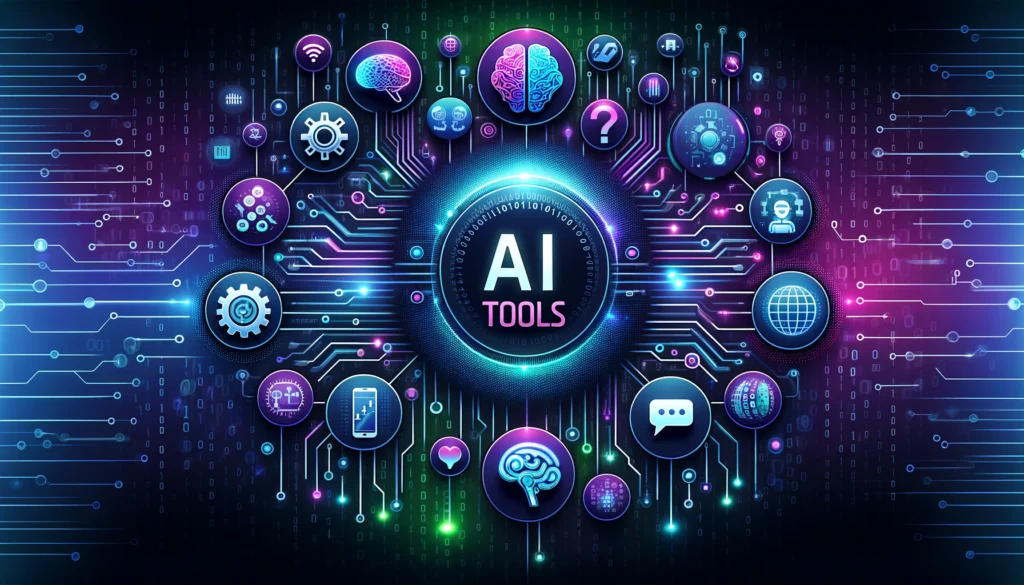

Alex Johnson • December 15, 2024 • 8 min read
Artificial Intelligence continues to shape the future of industries—from healthcare and finance to education and creative work. As we head deeper into 2025, AI tools are becoming more accessible, powerful, and essential for professionals across domains.
Whether you’re a developer, data scientist, business analyst, or digital creator, understanding the right AI tools can give you a serious competitive edge.
Here are the Top 5 AI tools to learn in 2025 if you want to stay ahead of the curve.
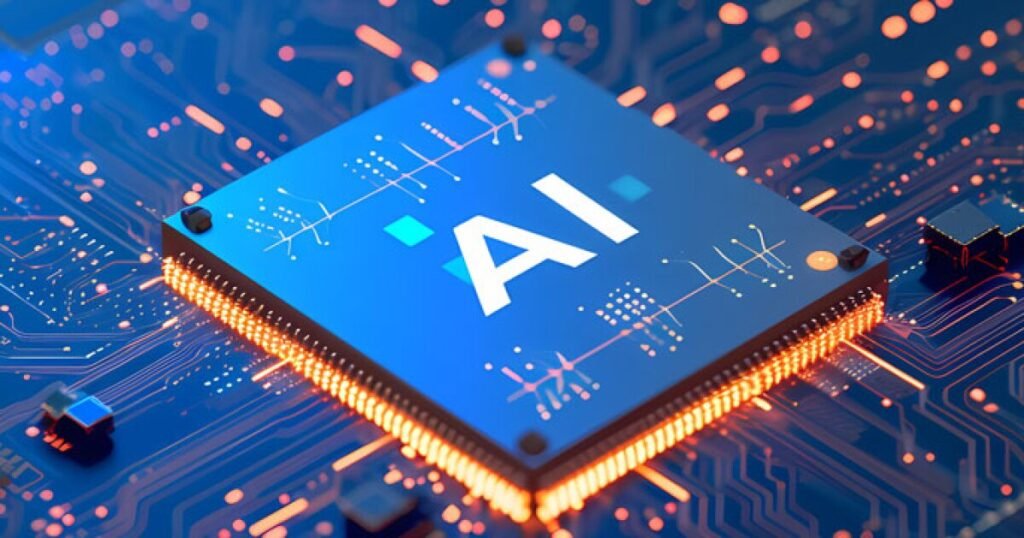
ChatGPT (now powered by GPT-4o) is OpenAI’s flagship conversational AI platform, capable of understanding and generating human-like responses in natural language. It can write code, generate content, help with research, translate languages, and much more.
Natural language understanding & generation
Code generation (Python, JavaScript, etc.)
Vision, audio, and image understanding (with GPT-4o)
Chat-based interface and API support
Customer support automation
Coding assistants for developers
Content writing & blog generation
Educational tutoring and eLearning tools
ChatGPT isn’t just a chatbot—it’s a powerful tool that can be integrated into applications or workflows. Learning to use its API or prompt-engineer it effectively opens up endless possibilities.
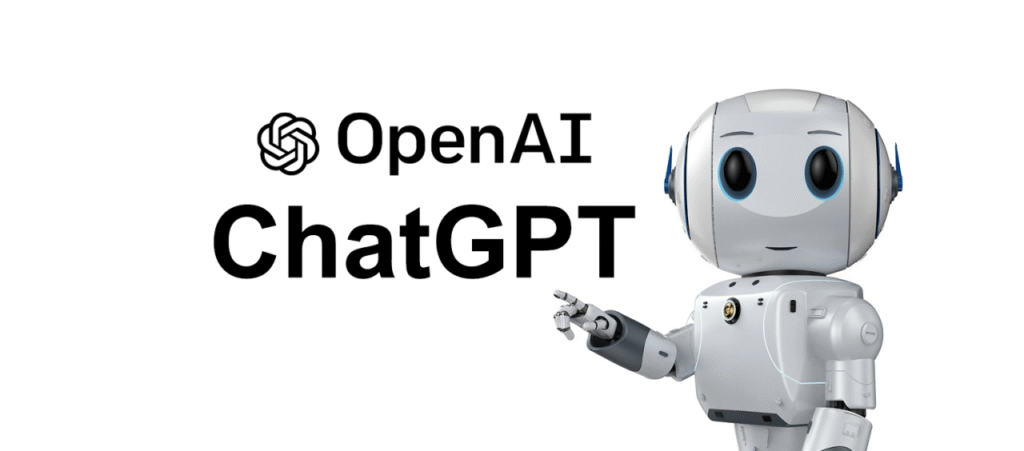
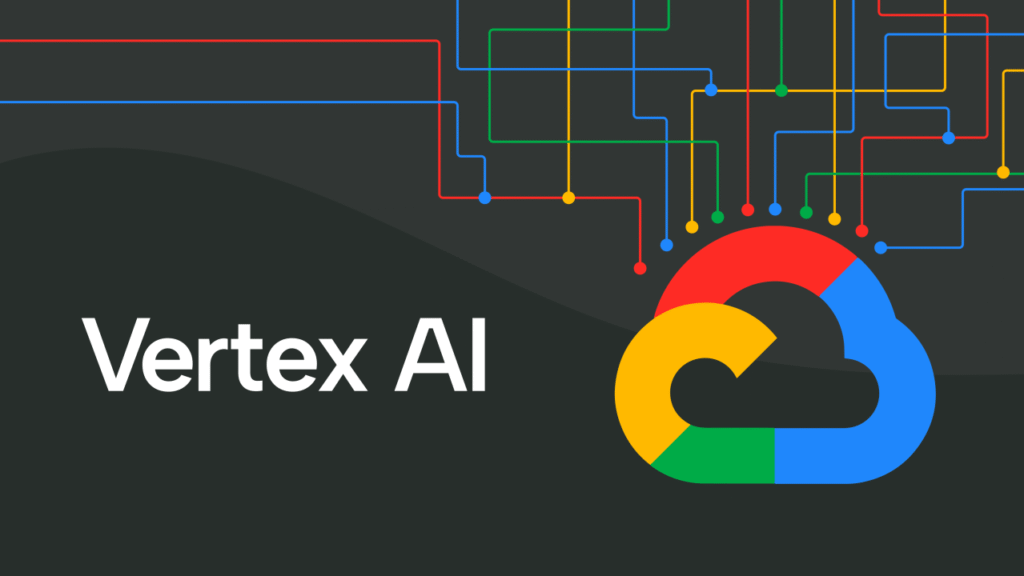
Vertex AI is Google Cloud’s managed ML and AI platform, allowing developers and data scientists to build, deploy, and scale AI models with minimal infrastructure complexity.
Pre-trained APIs for vision, translation, and NLP
AutoML for custom training without deep coding
Integration with BigQuery and GCP tools
Real-time inference capabilities
Enterprise-grade machine learning pipelines
Training and deploying custom models
Automating document analysis or fraud detection
Ideal for professionals in large organizations or those pursuing AI at scale. Knowing how to navigate Vertex AI puts you in demand for enterprise-grade data science roles.

Claude is a family of conversational AI assistants developed by Anthropic, focused on safety, alignment, and user-friendly interaction. Claude 3, released in 2024, is known for thoughtful responses and high accuracy in reasoning.
Constitutional AI principles (safe-by-design)
Long-context understanding (great for large documents)
Available via API and integrated platforms
Legal document analysis
Corporate research
AI-driven writing with safety and accuracy
Claude is gaining popularity for use in corporate AI applications where safety, compliance, and thoughtful outputs are crucial. A great alternative (or complement) to ChatGPT.
A leading open-source platform for machine learning models and datasets, Hugging Face is the go-to place for NLP, computer vision, and now generative AI models.
Access to 100,000+ models (BERT, T5, Llama, etc.)
Easy-to-use transformers Python library
Integration with PyTorch and TensorFlow
Model training and hosting tools (Inference Endpoints)
Building NLP applications (chatbots, summarizers)
Fine-tuning models on your own data
Research-grade ML experimentation
If you’re serious about a career in AI/ML, Hugging Face is an essential tool for hands-on experimentation and real-world model deployment.
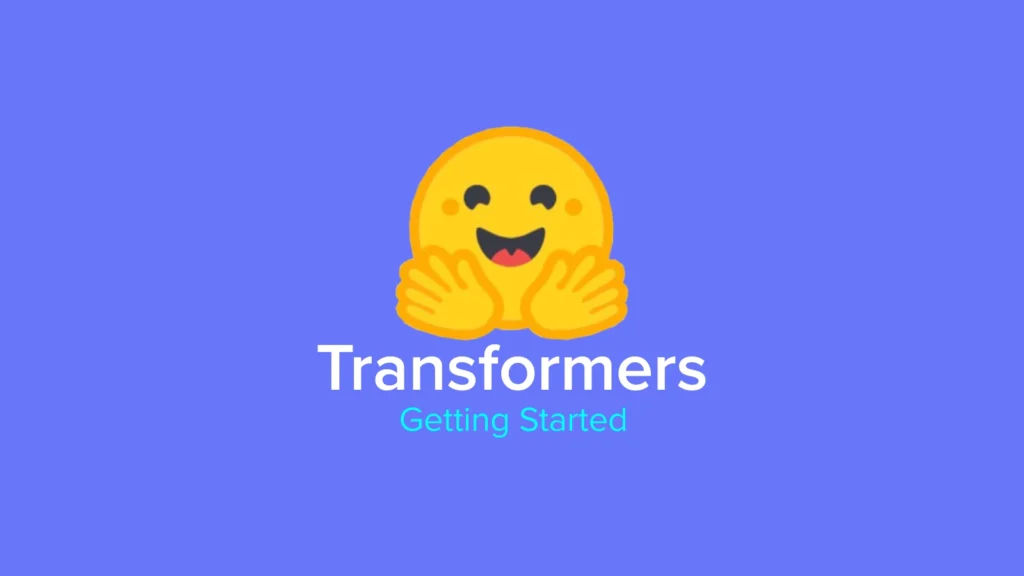
Runway ML is a creative AI tool used for text-to-video, image generation, green screen, and more. It’s widely used in film production, content creation, and design workflows.
Text-to-video with Gen-2 models
Image editing with AI brushes
Seamless motion tracking and video inpainting
No-code, drag-and-drop interface
AI-generated short films or music videos
Marketing creatives and product demos
Visual storytelling for social media
Runway is revolutionizing the creative space. For designers, content creators, or marketers, learning Runway gives you the power to produce high-quality visuals without heavy editing software.
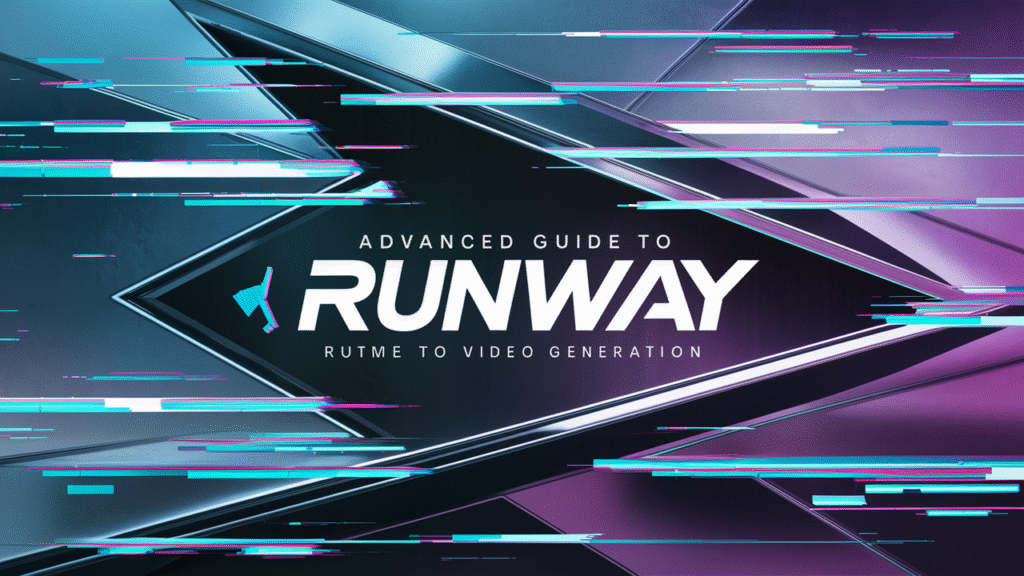
ChatGPT by OpenAI is the best starting point for beginners. It has an intuitive interface, strong documentation, and can be used for content creation, coding help, and learning AI concepts interactively.
Not necessarily. Tools like Runway ML and ChatGPT require little to no coding. However, if you want to work with platforms like Hugging Face or Google Vertex AI, some programming knowledge (Python, APIs) will be very helpful.
Most of them offer free tiers:
ChatGPT: Free with limited access (GPT-3.5); GPT-4o in paid plan.
Claude: Free via Anthropic or integrated tools.
Hugging Face: Free access to models and datasets.
Runway ML and Vertex AI: Have limited free usage; pricing kicks in for heavy usage.
Yes, all of these tools are widely used in professional environments:
Content writing, marketing, and SEO (ChatGPT, Claude)
App and website development (Hugging Face, Vertex AI)
Video editing and creative work (Runway ML)
While both are conversational AIs, Claude (by Anthropic) focuses more on safe, aligned responses and is often preferred in legal, academic, or enterprise settings. ChatGPT is more flexible and developer-friendly with deeper API integration.
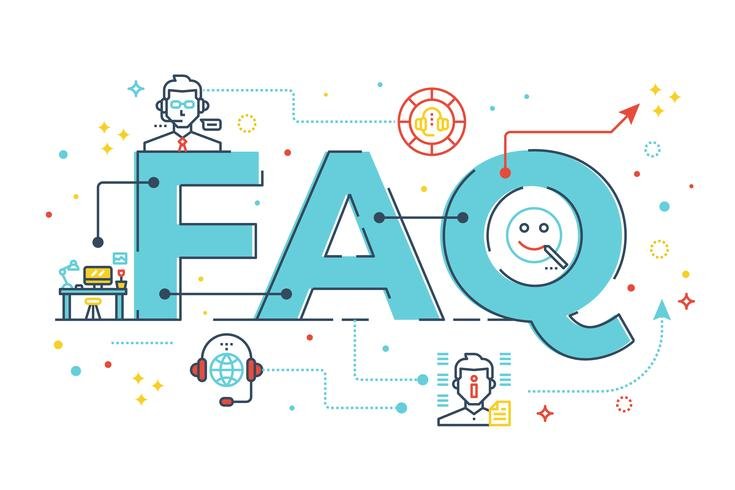
Learning AI tools in 2025 isn’t just for data scientists—it’s for everyone who wants to future-proof their career or business. Whether you’re automating workflows, creating content, analyzing data, or building new applications, the tools above are at the forefront of innovation.
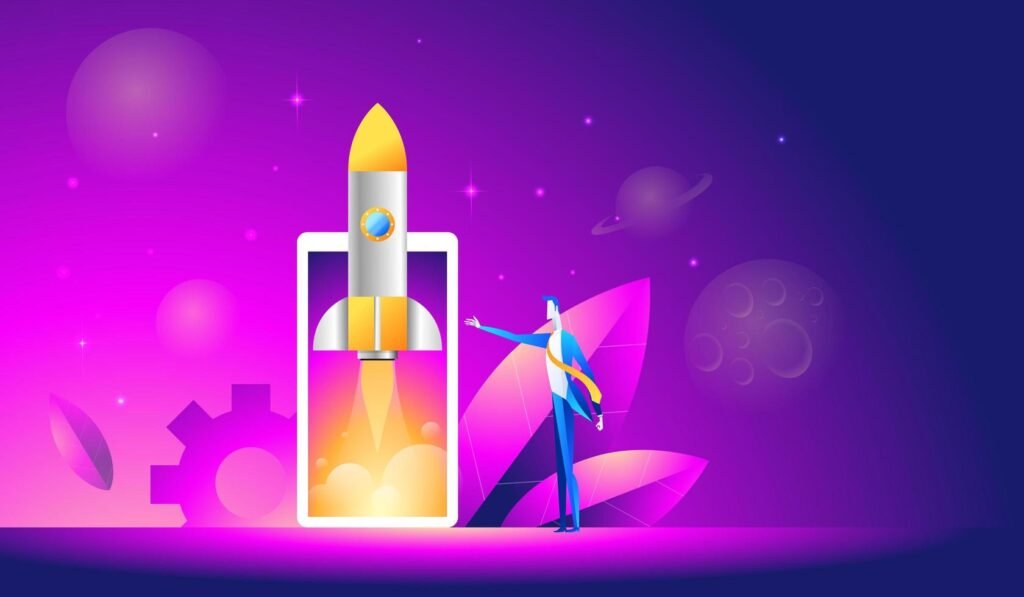
Join thousands of developers who are already using AI to build better software faster.
Contact UsWe'd love to help you out!
We provide hands-on labs, practical cybersecurity training, and deep technical guides on Cloud, DevSecOps, Linux, and Ethical Hacking — built for hackers, learners, and professionals.
Hands-on Labs
Red Team & Blue Team Training
DevSecOps Playgrounds
Ethical Hacking Guide
Linux Hardening
Capture The Flag Challenges
© GoHackers Cloud 2025. All rights reserved.
Privacy Policy | Terms | Cookie Policy